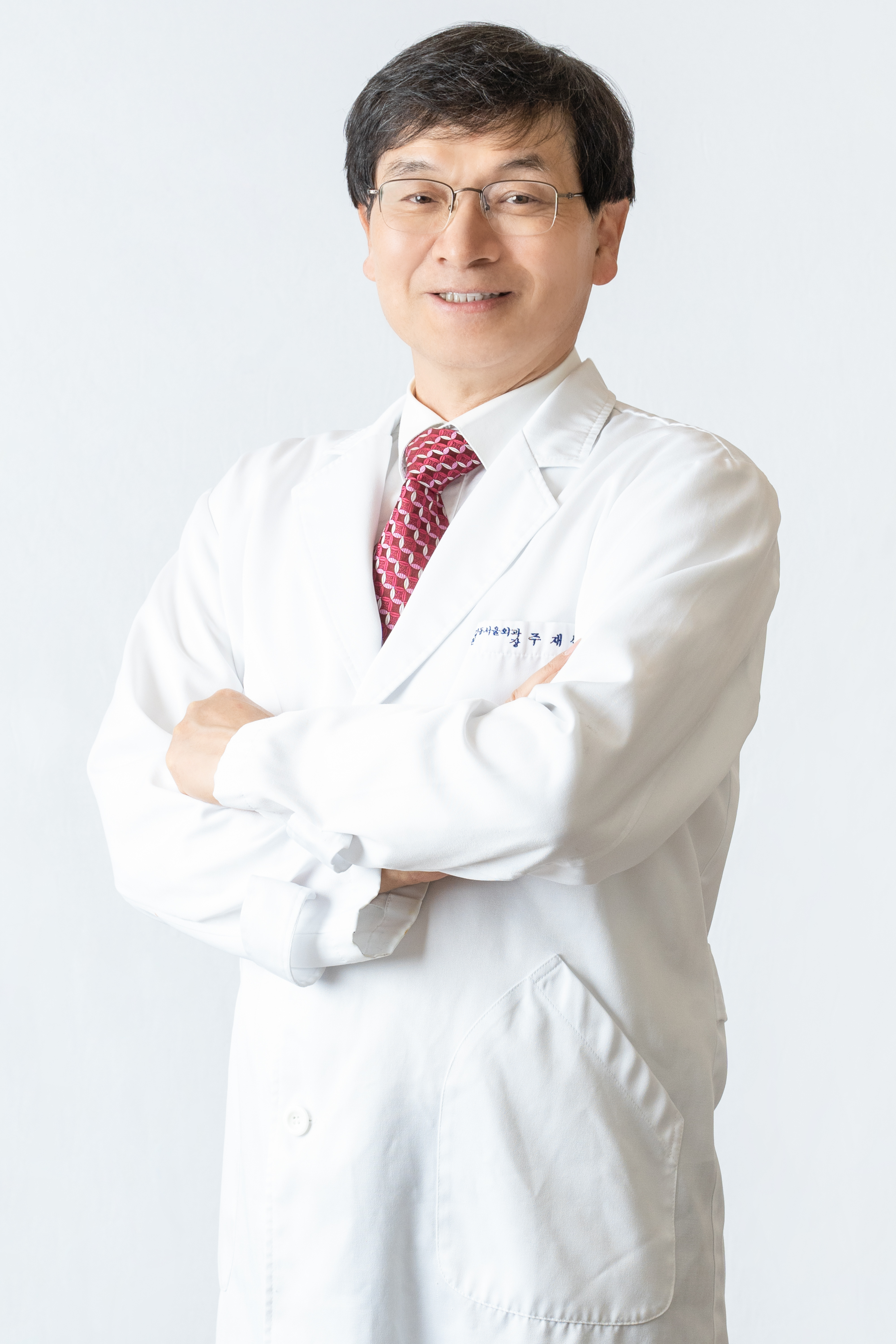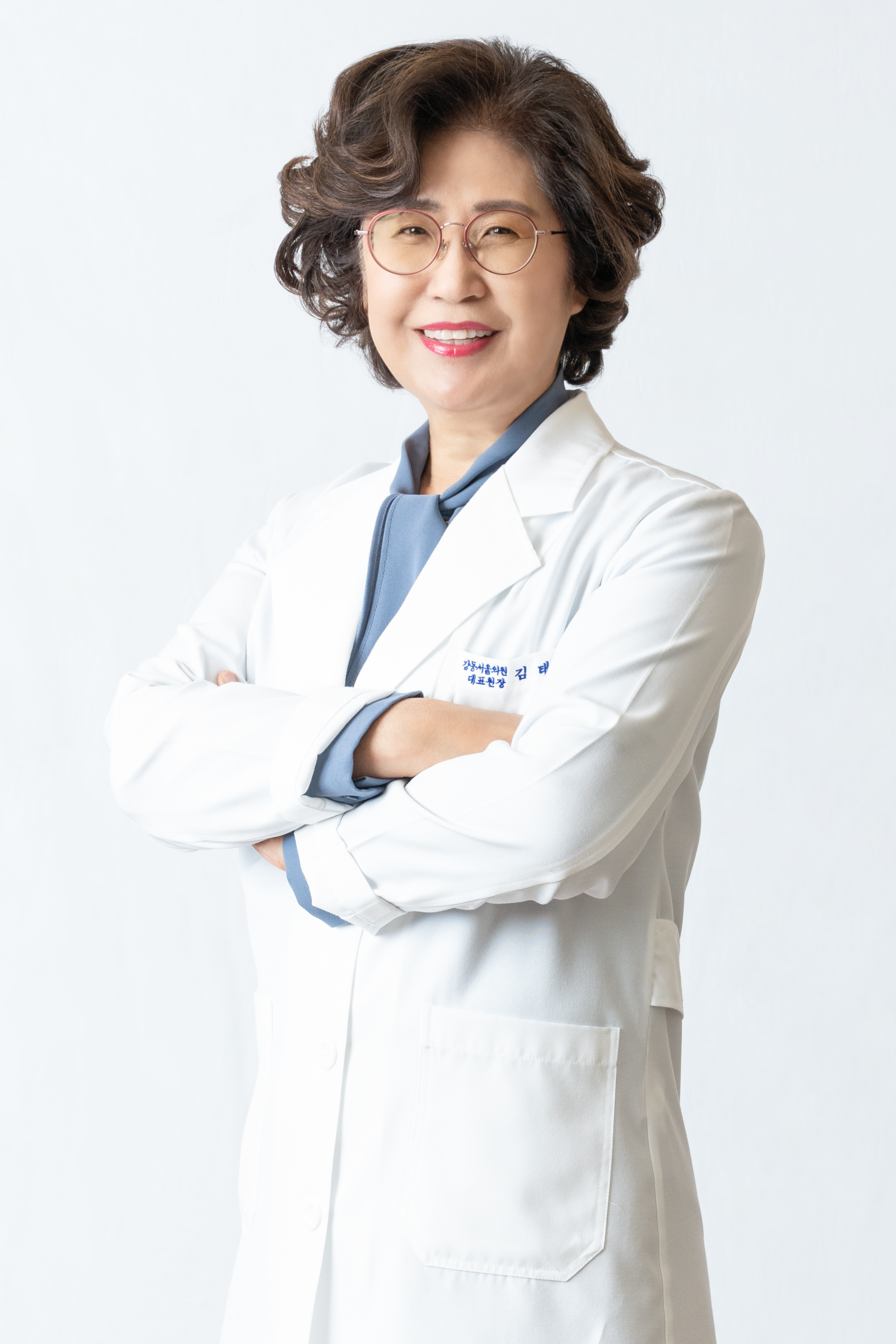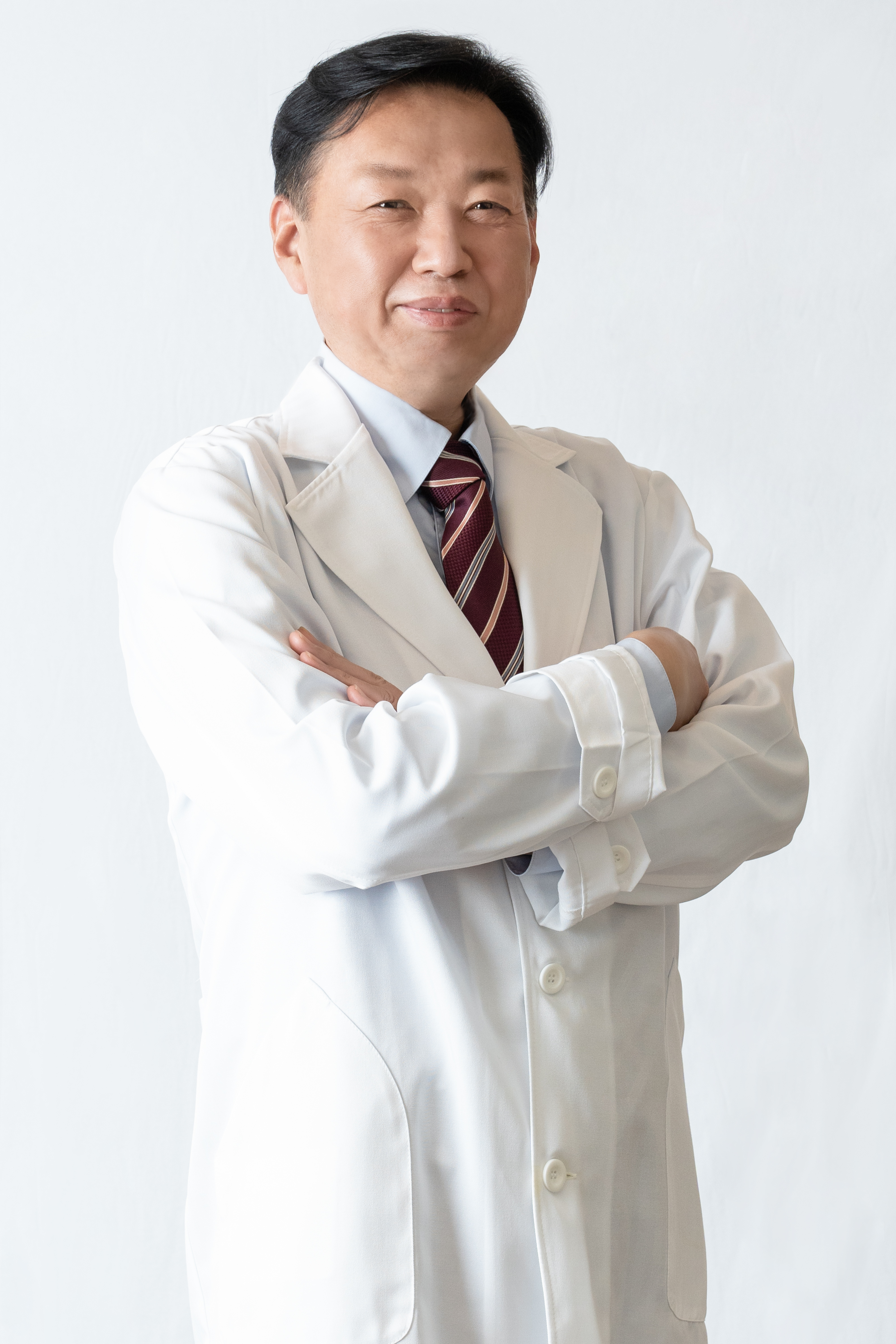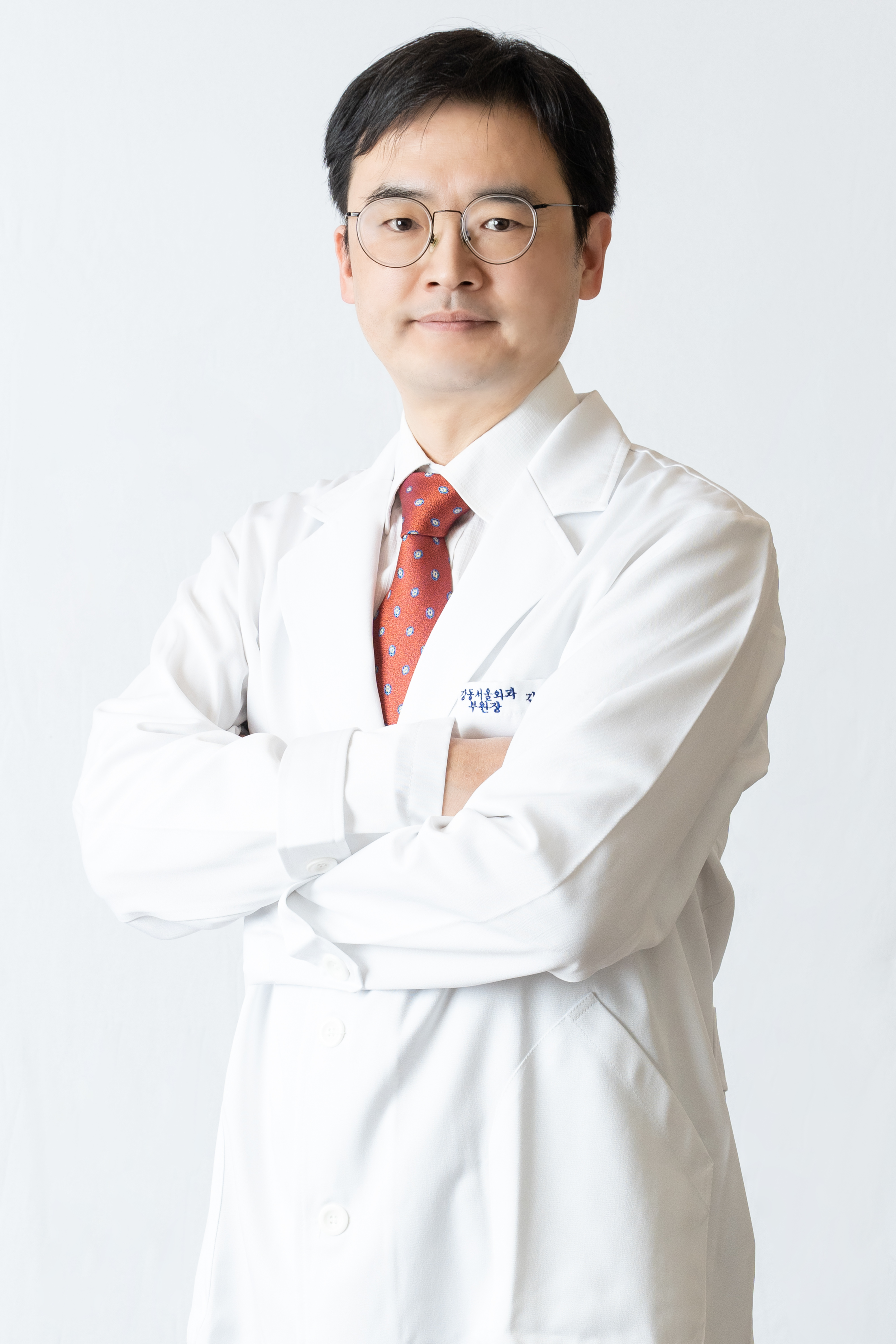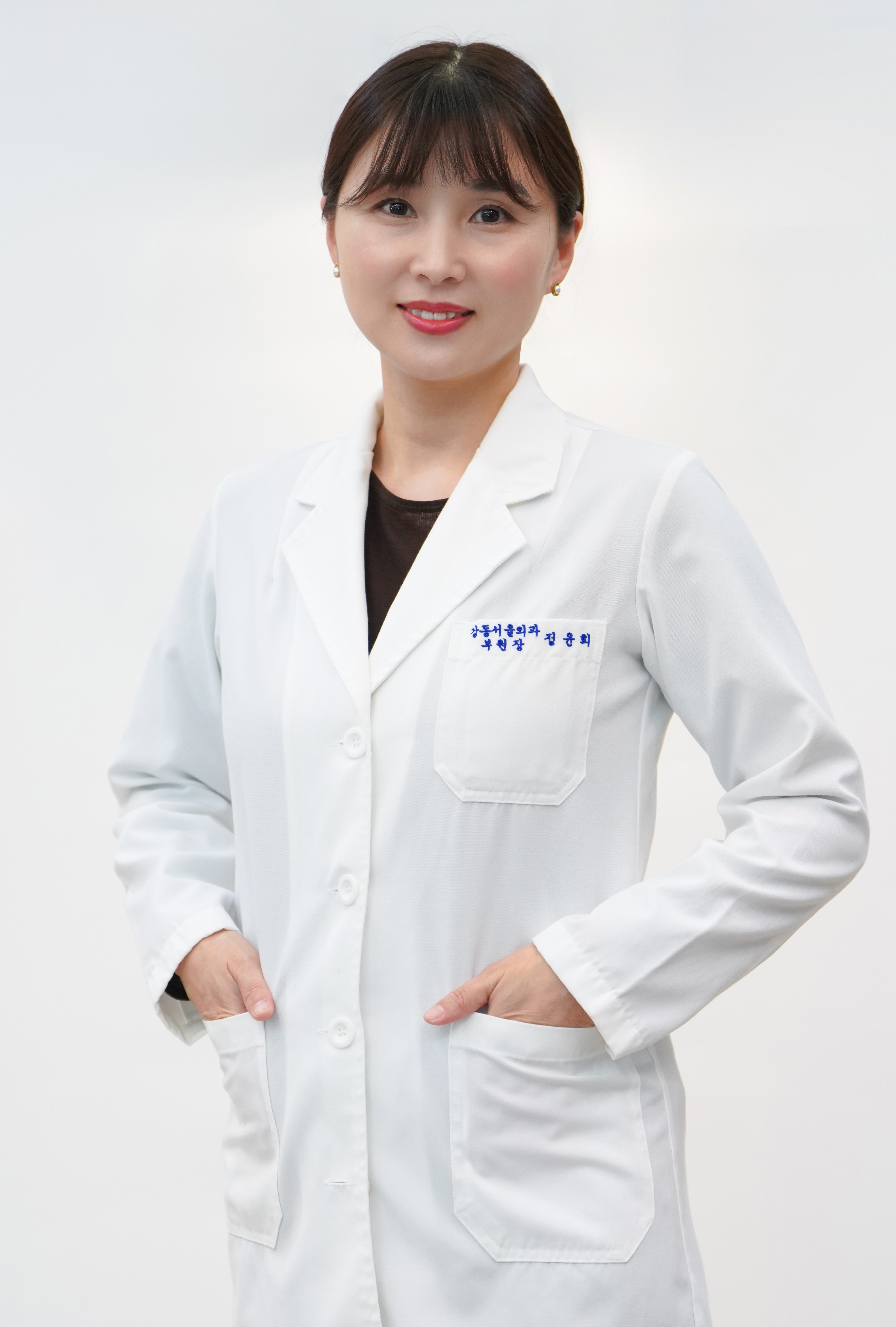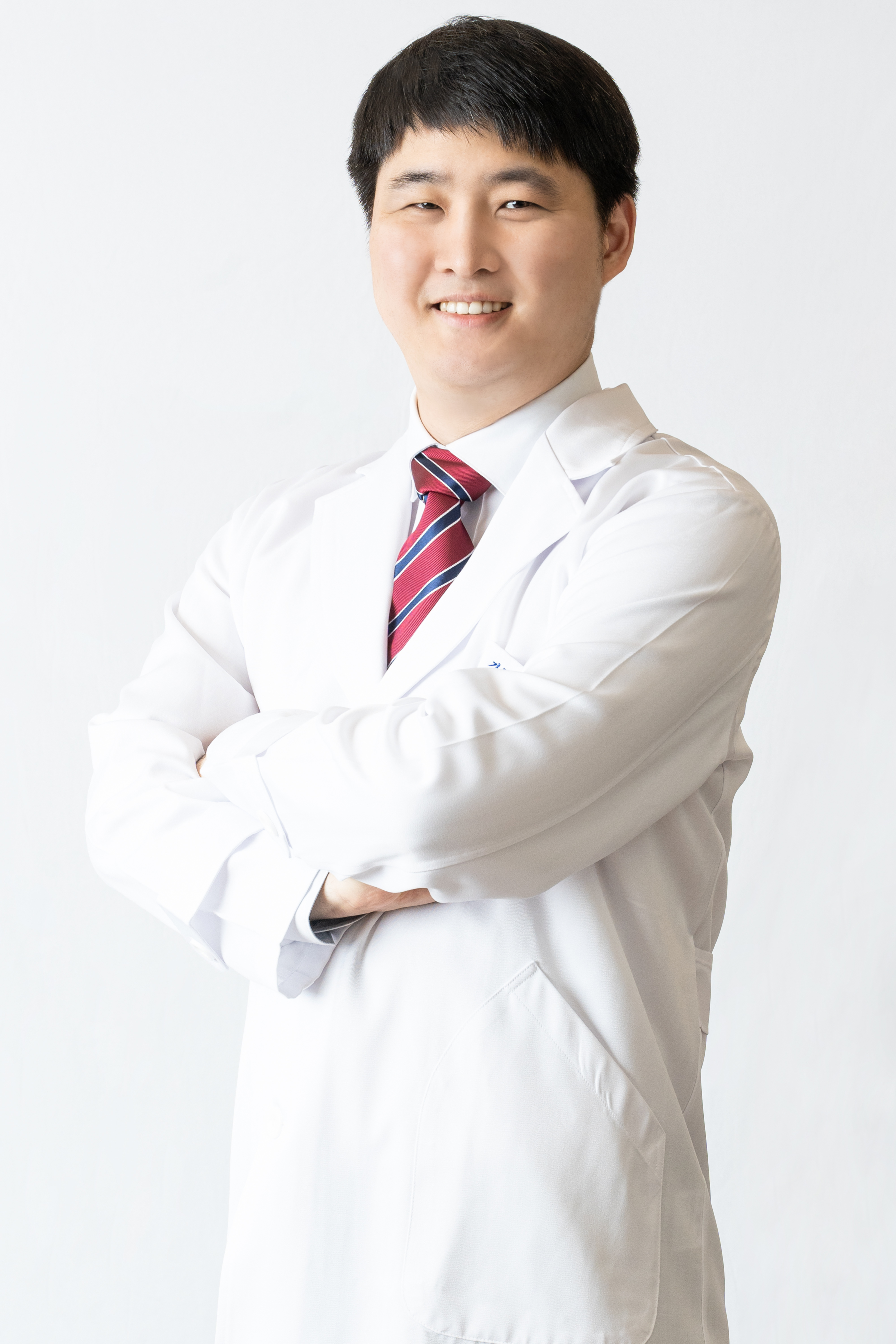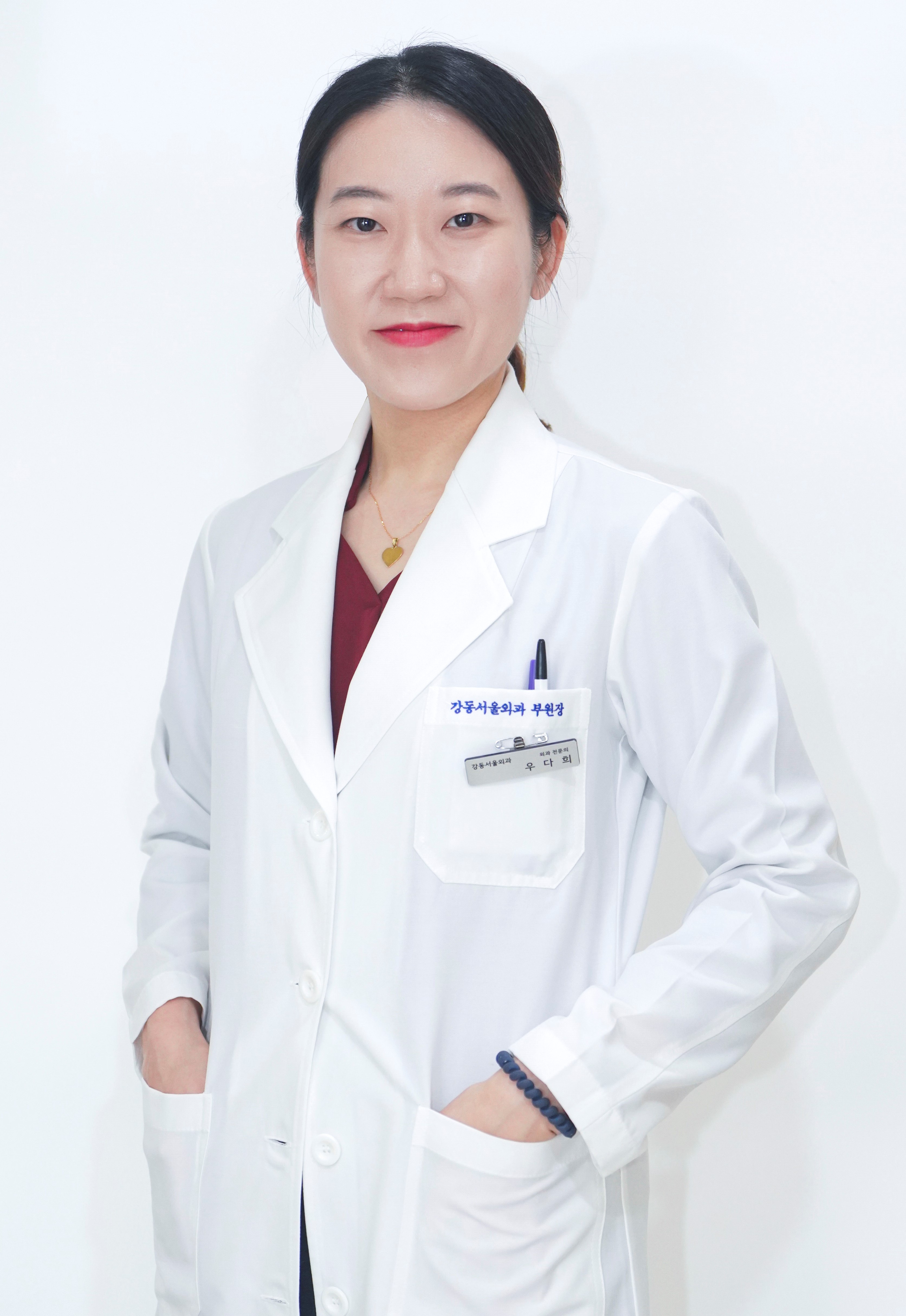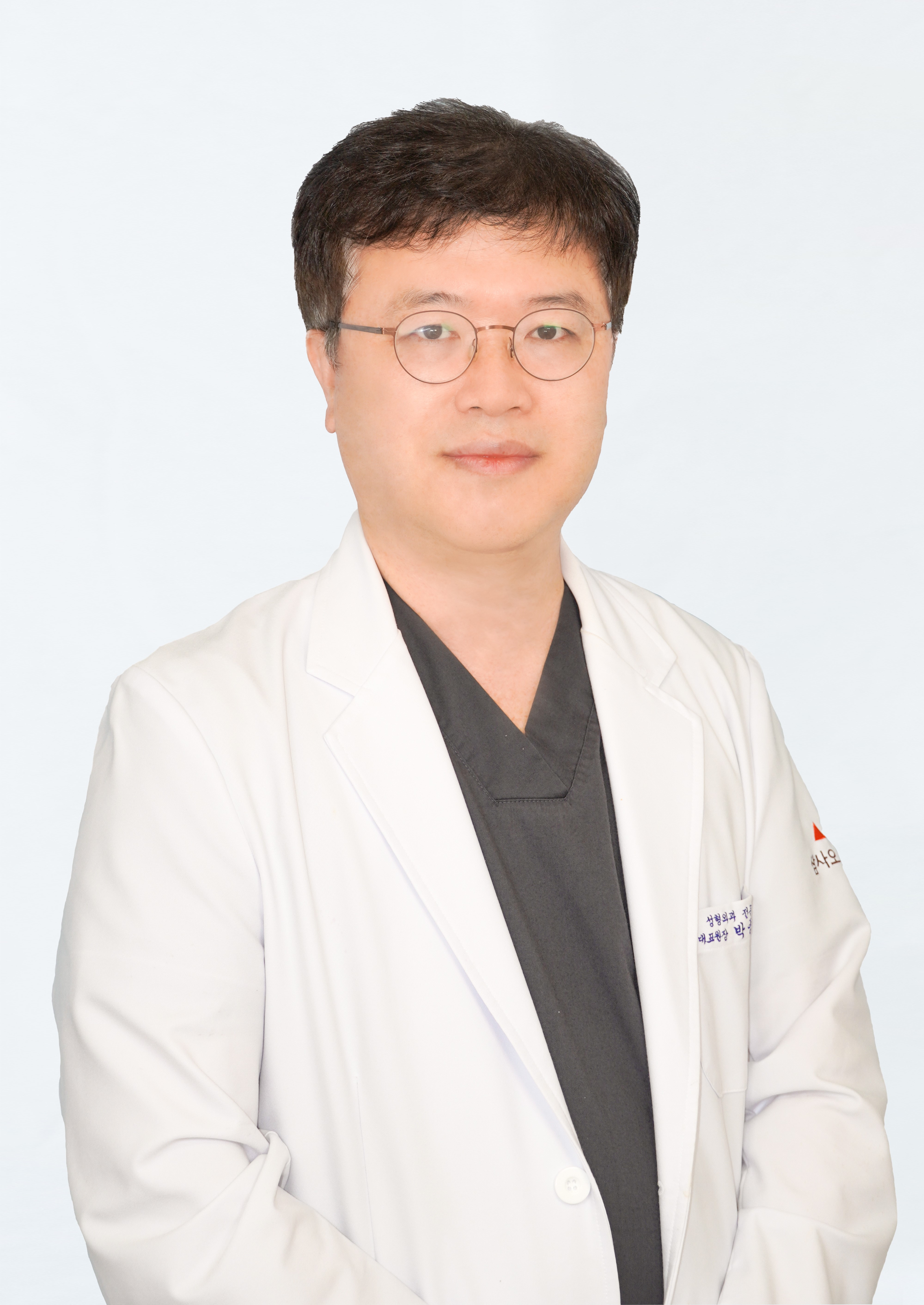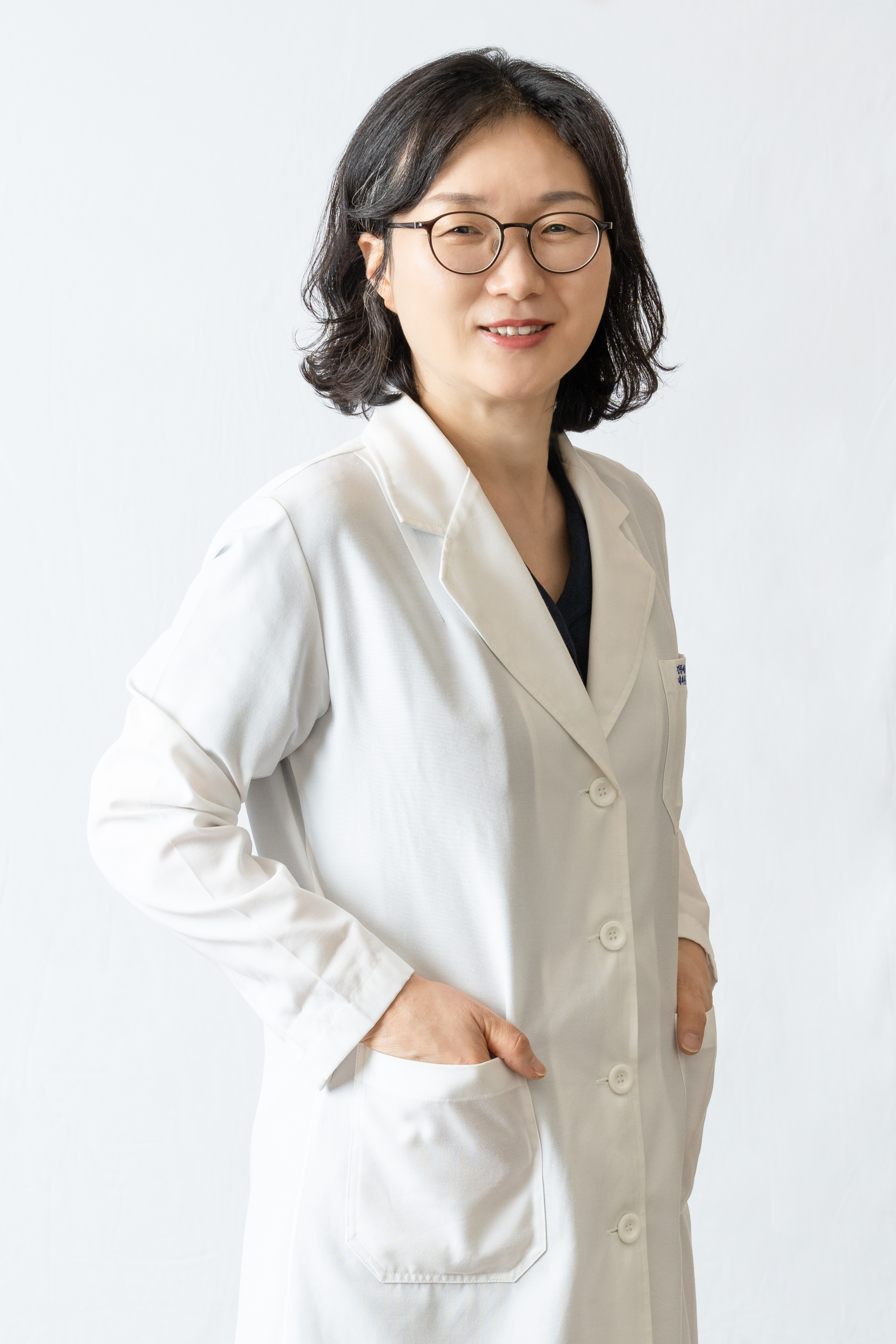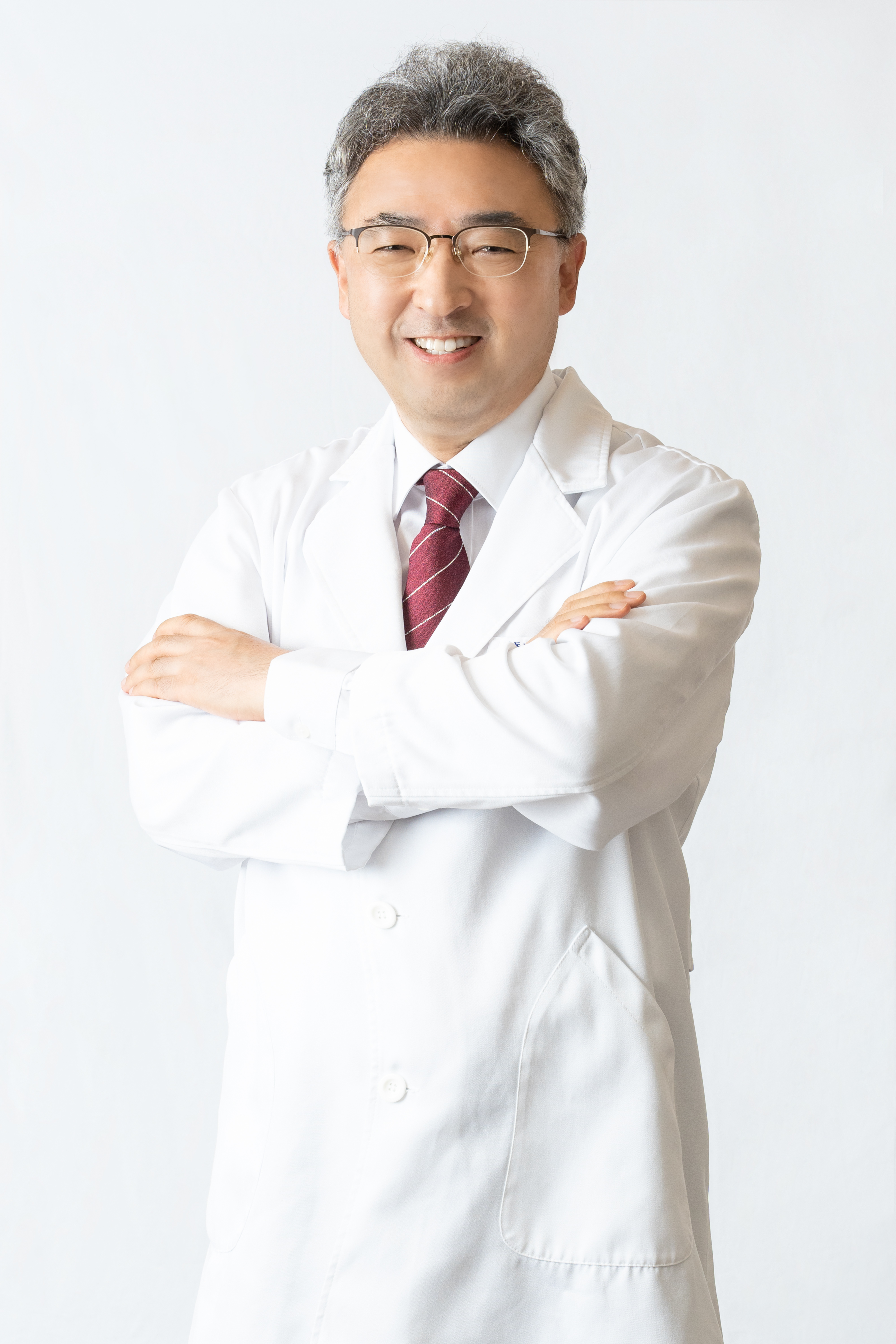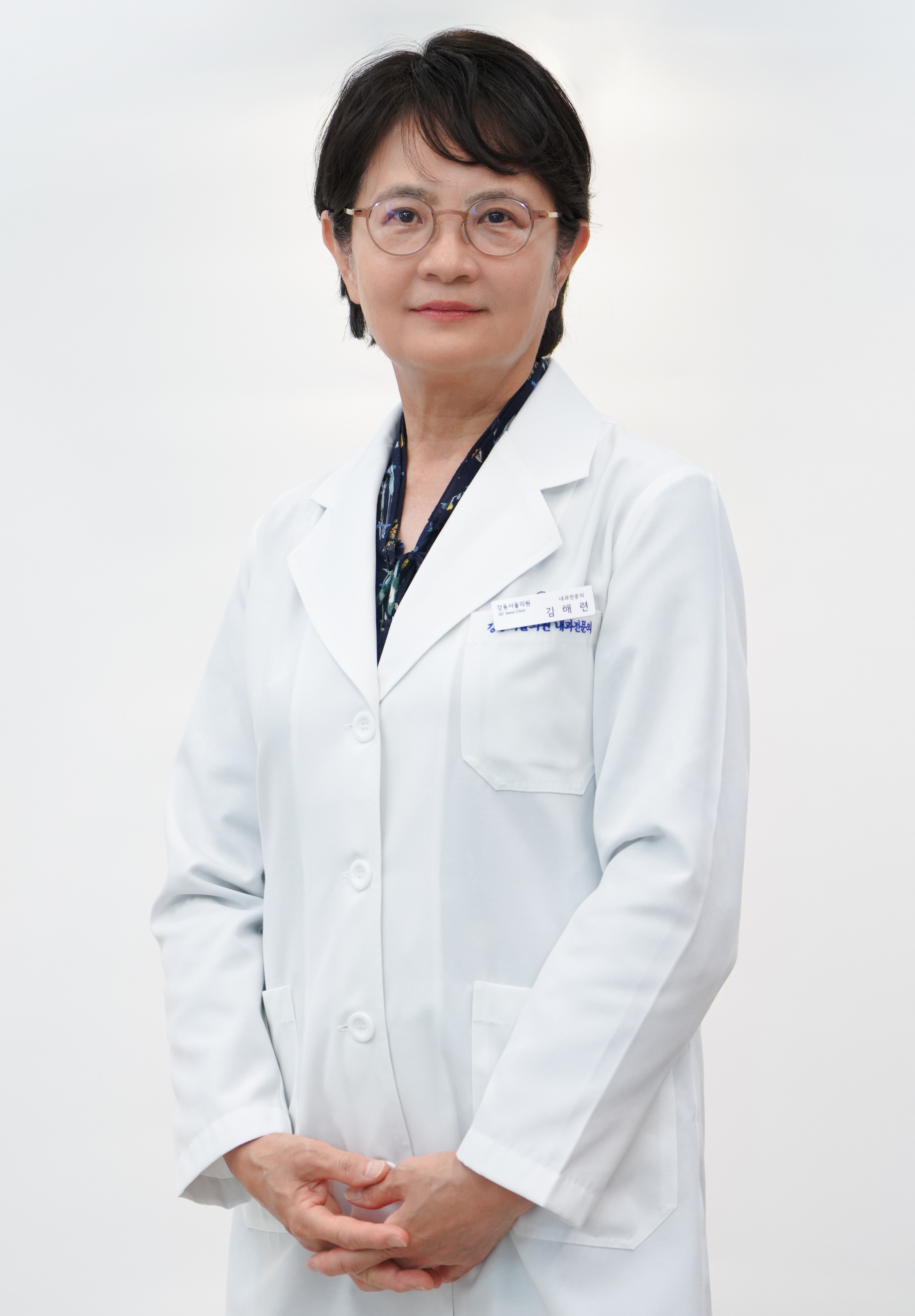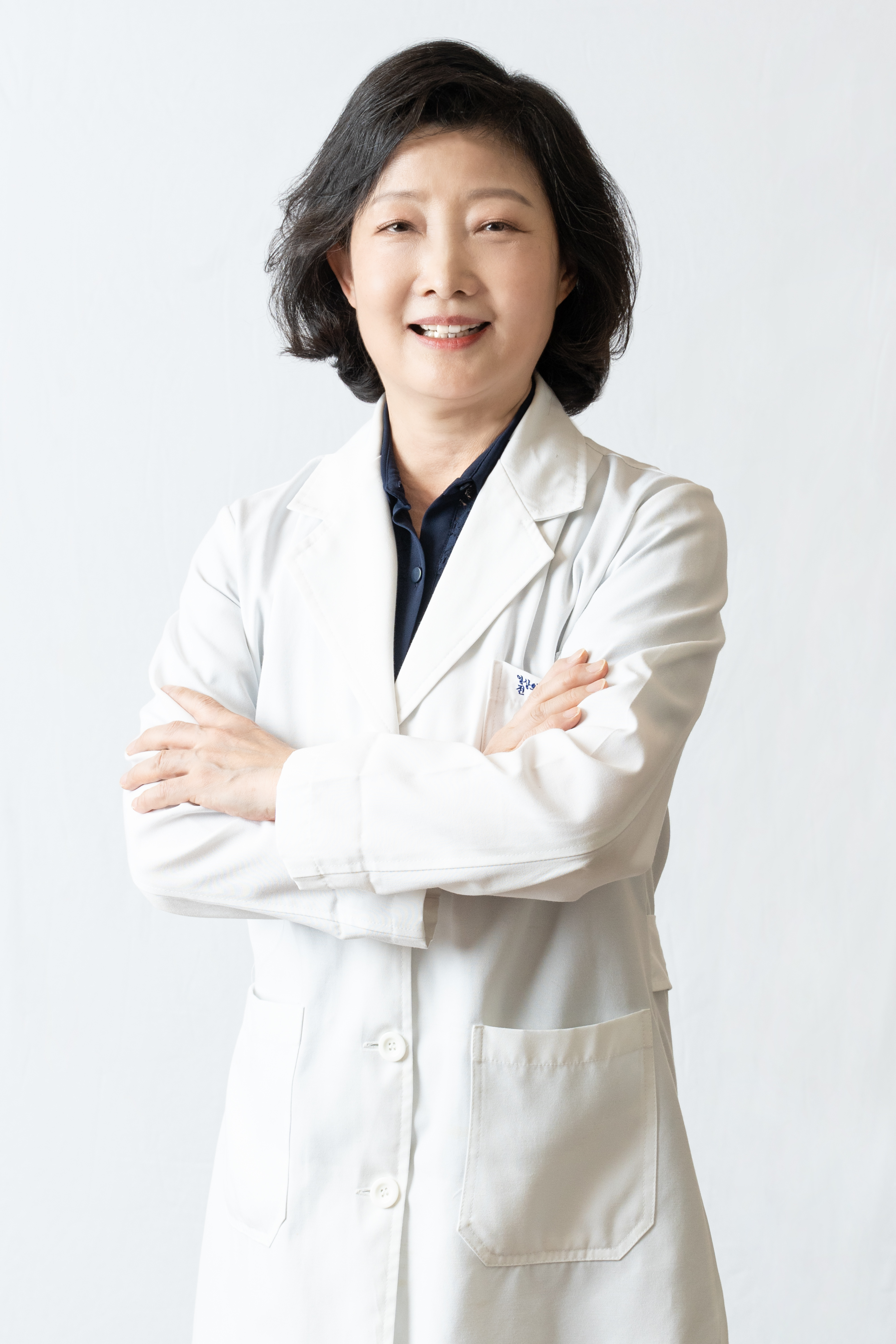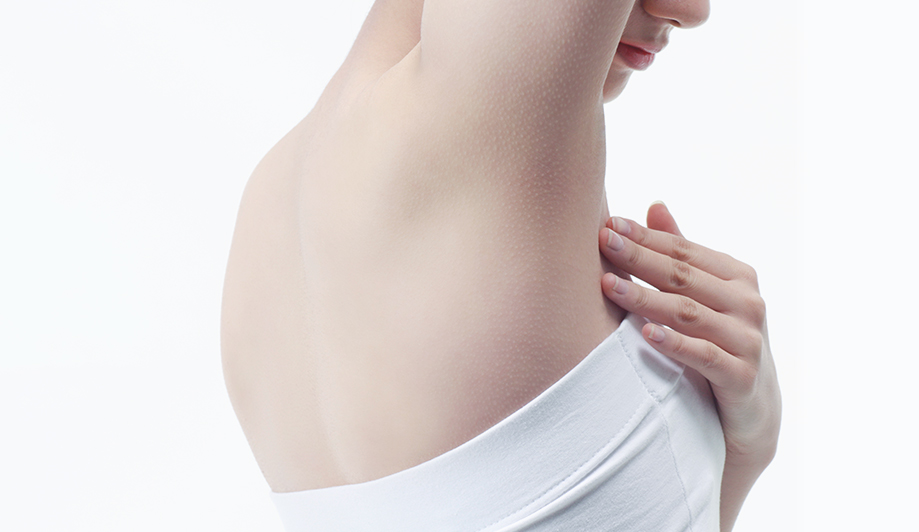
Axillary Osmidrosis is an unpleasant odor
from the armpits.
Commonly referred to as "arm odor," this unpleasant odor is not only offensive to those around you,
but it can also be self-conscious, causing severe stress and disruption to your social life.
Causes of Axillary Osmidrosis
KEY POINT
The amount of discharge and the type of bacteria present can vary depending on the individual, so the type and severity of odor can vary.
Symptoms of Axillary Osmidrosis
KEY POINT
It is often associated with hyperhidrosis (50-60% of the time),
but it can also occur even when you don't sweat much, and the odor can be triggered by an increase in body temperature or psychological distress.
Treatment of Axillary Osmidrosis
-
01
Liposuction of the Sweat Glands
Developed by a German dermatologist, this method involves making a 3 to 4 mm incision in the skin of the armpit area and inserting a fine needle to scrape and suction out the subcutaneous sweat glands.
Features of Liposet Treatment
 Takes less time than traditional surgical methods (about 15 minutes per side)
Takes less time than traditional surgical methods (about 15 minutes per side) Recurrence rate is not high, but may require additional treatment.
Recurrence rate is not high, but may require additional treatment. It is performed under local anesthesia and there is little pain after the procedure.
It is performed under local anesthesia and there is little pain after the procedure. It can be performed as an outpatient procedure without hospitalization, and you can shower about 2 days after the procedure.
It can be performed as an outpatient procedure without hospitalization, and you can shower about 2 days after the procedure. There is virtually no scarring.
There is virtually no scarring.
-
02
Laser Treatment
Originally started as a cosmetic underarm hair removal procedure, this method uses a laser to destroy the hair roots to destroy the surrounding apocrine glands that cause odor.
Features of Laser Treatment
 It takes less time and is virtually painless.
It takes less time and is virtually painless. Underarm hair is removed and does not grow back, which is beneficial for cosmetic purposes.
Underarm hair is removed and does not grow back, which is beneficial for cosmetic purposes. Almost no scarring.
Almost no scarring.  There are few restrictions on daily life compared to other methods.
There are few restrictions on daily life compared to other methods. Although the glands are located near the hair roots, they are not secreted through the hair roots but through the sweat pores, so all the surrounding glands cannot be effectively removed.
Although the glands are located near the hair roots, they are not secreted through the hair roots but through the sweat pores, so all the surrounding glands cannot be effectively removed. The treatment is less effective than other procedures, and even for cosmetic hair removal, multiple treatments are usually required as dormant hair roots grow back.
The treatment is less effective than other procedures, and even for cosmetic hair removal, multiple treatments are usually required as dormant hair roots grow back.
-
03
Surgical Procedure
The subcutaneous tissue under the skin is cut to remove the apocrine glands.
Features of the Surgical Procedure
 It is the most complete removal procedure as it cuts out all surrounding gland tissue and subcutaneous tissue. (Recurrence is low.)
It is the most complete removal procedure as it cuts out all surrounding gland tissue and subcutaneous tissue. (Recurrence is low.) Scars may remain, but they fade over time.
Scars may remain, but they fade over time. Surgery takes longer (about an hour on each side).
Surgery takes longer (about an hour on each side). It is more painful than other procedures and limits your daily activities for about two weeks.
It is more painful than other procedures and limits your daily activities for about two weeks.
-
04
PAD Procedure
It is a procedure that combines the advantages of the existing Liposet sweat gland suction treatment with the advantages of surgical procedures, and compensates for the disadvantages of Liposet's inability to completely remove sweat glands in the tough dermis layer.
Features of the PAD Procedure
 The procedure takes less time (20 minutes per side)
The procedure takes less time (20 minutes per side) Almost no recurrence
Almost no recurrence Very little pain.
Very little pain. Can be performed as an outpatient procedure with no hospitalization, and you can return to your normal activities immediately.
Can be performed as an outpatient procedure with no hospitalization, and you can return to your normal activities immediately. Almost no scarring.
Almost no scarring. You can shower 2 days after the procedure.
You can shower 2 days after the procedure.


